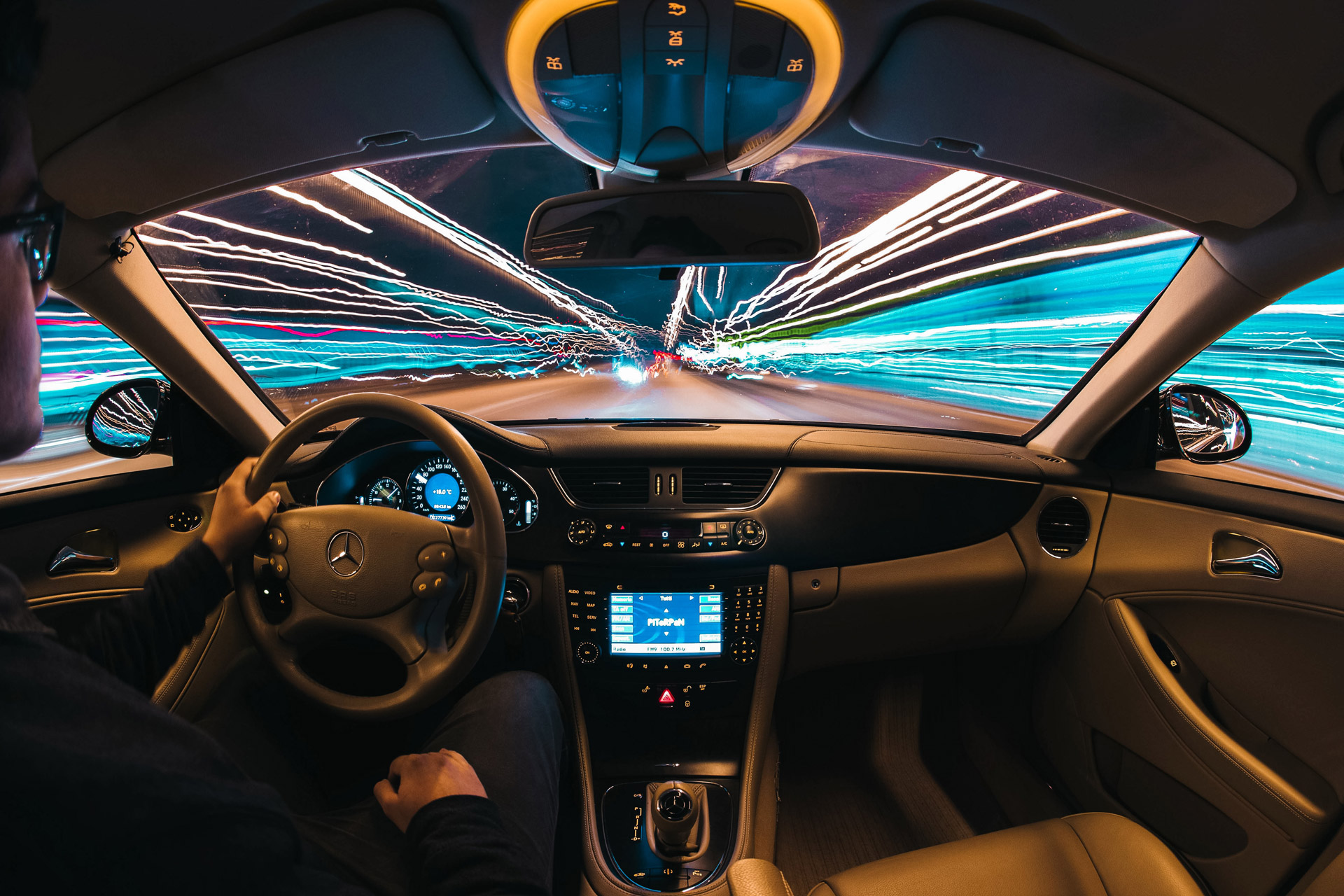Earlier in September, the Swedish Transport Agency called a consultation meeting on the conversion of cars to alternative fuels. It is a very good initiative to, in consultation with the various parties in the market, gather information about obstacles and opportunities for converting fossil-fueled cars to gas, ethanol and electricity.
Unfortunately, we were able to ascertain at the meeting that the Swedish Transport Agency is cut off by rules, both national and EU regulations, which prevent them from taking the initiative for large-scale conversion. It would otherwise be a step towards contributing to the transition to less climate-impacting fuels.
With every day that passes, we push the transition to a more climate-friendly vehicle fleet further ahead of us. Today, we can expect that it will take over 15 years to switch from fossil to fossil-free operation, even if we already stop selling new fossil-powered vehicles today, because only about one-fifteenth of the vehicle fleet are new registrations. But in practice, we are talking about a transition period of at least 20-25 years because car buyers are still buying new fossil-powered vehicles.
– Today we must take every chance to continue reducing our climate impact, continues Anders Östberg – MRF. (MRF (Motorbranschens Riksförbund) is the Swedish Association for Motor Retail Trades and Repairs.) Electrification is the way forward, but the big, fast change to reducing emissions today is to change what comes out of the tailpipes of the existing vehicle fleet. It can be through increased use of biofuels, or as this type of conversion.
MRF wants to highlight the importance of thinking, and acting, long-term. Prerequisites must be created for a long-term sustainable transition both for private motorists and in a functioning transport sector. We have to find a way where we can sustainably and cost-effectively continue to reposition our vehicle fleet for both private individuals and professionals.
